Is Video Enhancement Suitable for News, Documentaries, and Factual Content
In today's digital era, video enhancement powered by artificial intelligence (AI) has become a go-to solution for improving low-quality footage. Whether it's refining grainy security footage or restoring old documentary clips, enhancement tools are redefining how visual content is created and interpreted. But is it suitable or ethical to use such tools in factual media like news reports and documentaries? Let's explore the benefits, the risks, and when enhancement is truly justified.
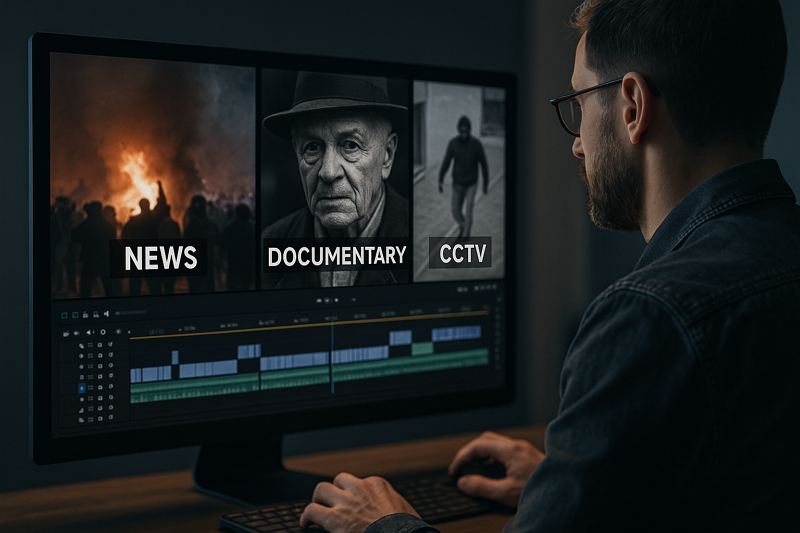
Part 1. The Role of Video Enhancement in Factual Media
Video enhancement serves a practical role in many forms of factual content. Unlike entertainment media, where enhancements are often artistic, factual media aims to inform or document reality. However, raw footage often suffers from poor lighting, motion blur, or low resolution. Video enhancement can make that content clearer and more usable-especially in high-stakes situations.
- News Agencies: Enhance footage captured during chaotic scenes like protests, accidents, or night-time events for clearer visuals.

- Documentary Filmmakers: Improve the quality of old or archival footage, helping maintain audience engagement without altering factual accuracy.
- Law Enforcement: Clarify CCTV footage to extract vital information such as license plates, suspect faces, or movement details.

In all these contexts, the goal is not to embellish the story but to reveal it more clearly. However, when AI tools begin generating or altering frames to "enhance" the content, they cross from clarity into interpretation-raising critical ethical concerns.
Part 2. Ethical Risks of Using Enhanced Video in Factual Contexts
While AI-based video enhancement offers undeniable benefits, its use in factual content is a double-edged sword. When these tools alter visual data, they may compromise the very integrity that news and documentaries depend on. Here are the major risks associated with relying on enhanced footage in factual storytelling.
1. Risk of Misinterpretation
AI-enhanced footage often reconstructs or "guesses" visual data using algorithms. While this may sharpen visuals, it also risks introducing inaccuracies:
- Faces may appear more defined than reality, leading to misidentification.
- Smoothed movement can change how someone's actions are perceived.
2. Loss of Authenticity
Documentaries and news aim to represent reality. When footage is altered even to improve clarity, it may lose its documentary value. The audience could begin to question the authenticity of everything presented, undermining trust in journalism and factual storytelling.
3. Bias in AI Algorithms
AI is trained on datasets that may not represent all demographics fairly. Enhancing a video of a minority community or protest event might inadvertently reinforce stereotypes or highlight certain figures based on algorithmic bias.
4. Legal Consequences
In court, enhanced video evidence must meet strict admissibility standards. If AI-generated details are found to be speculative or inaccurate, the entire case could be compromised. Ethical video enhancement requires transparency, proper documentation, and expert validation.
Part 3. When Is Video Enhancement Justified?
Despite the ethical concerns, there are scenarios where video enhancement is both justifiable and necessary. The key is transparency and purpose: if the goal is to clarify-not alter-then enhancement can serve the public good.
- When enhancing poor-quality CCTV footage in criminal investigations.
- When improving decades-old archival footage for modern viewing in documentaries.
- When news agencies need to clarify low-light protest or disaster footage.
- When identifying crucial visual information (e.g., license plates, timestamps) otherwise unnoticeable.
- When enhancing historical events while preserving their original context and integrity.
- When educational content requires cleaner visuals for better understanding.

Recommended: Use HitPaw VikPea for Ethical AI Video Enhancement
If you need to enhance factual video footage while preserving integrity, HitPaw VikPea is an excellent tool. This AI-powered software offers a balanced approach-boosting clarity without introducing unrealistic details. It provides targeted enhancement models for different types of footage, helping users stay within ethical boundaries while improving quality.
- Multiple AI models to suit real, animated, or portrait videos.
- Automatically detects and fixes low-light or blurred areas.
- Upscales low-resolution footage to Full HD or 4K.
- Preserves original aspect ratio and frame integrity.
- Noise reduction model minimizes grain and digital artifacts.
- Real-time preview ensures transparency before final export.
Step 1:Download and launch HitPaw VikPea on your computer. Import your video by clicking on "Choose File" or using the drag-and-drop method.

Step 2:The software merges uploaded videos automatically. To reorder them, drag the files within the right-hand menu. Choose an AI model depending on your footage.

Step 3:Preview your enhanced video by clicking "Preview." Once satisfied with the results, click "Export" to save the enhanced file.

Conclusion
Video enhancement is a powerful tool that, when used responsibly, can greatly aid factual storytelling. From newsrooms and documentary studios to law enforcement offices, clarity often matters as much as content. However, ethical considerations must always come first. By understanding the boundaries and risks-and using trusted tools like HitPaw VikPea-you can enhance your footage without compromising truth, trust, or transparency.




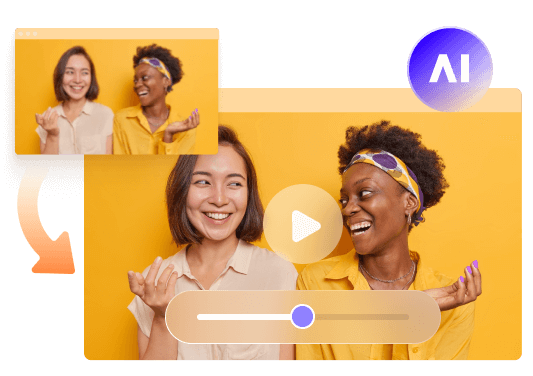
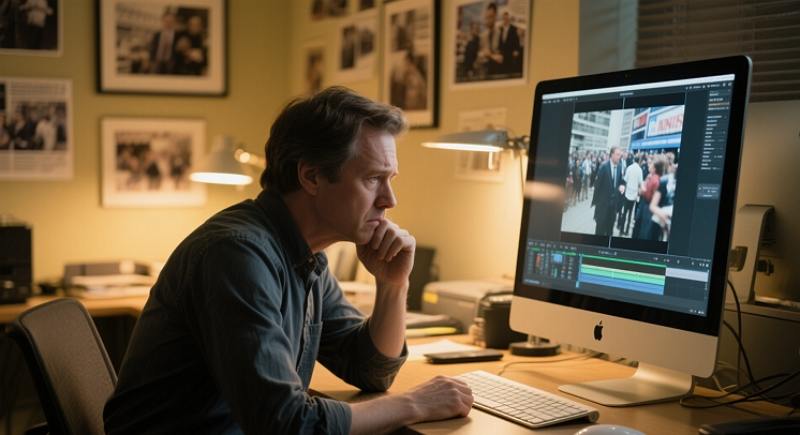
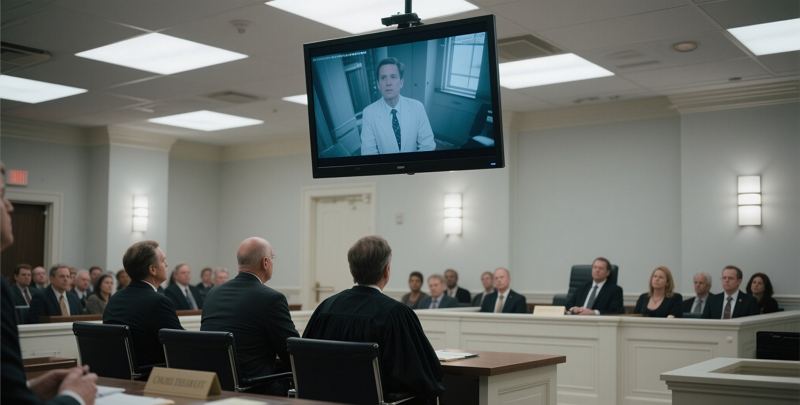




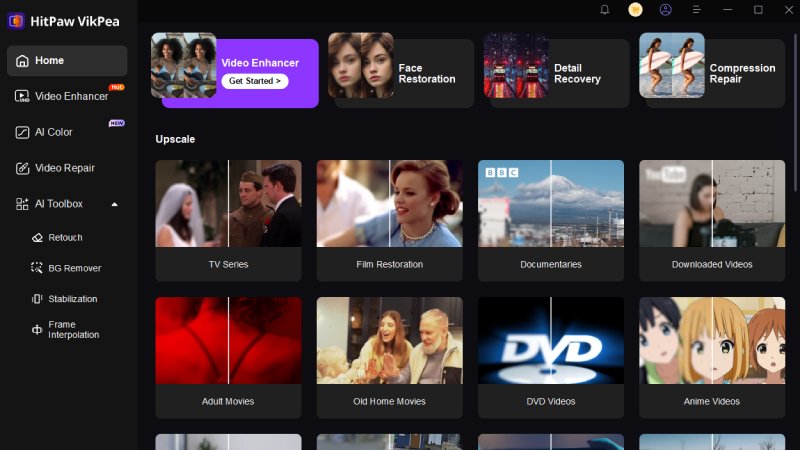
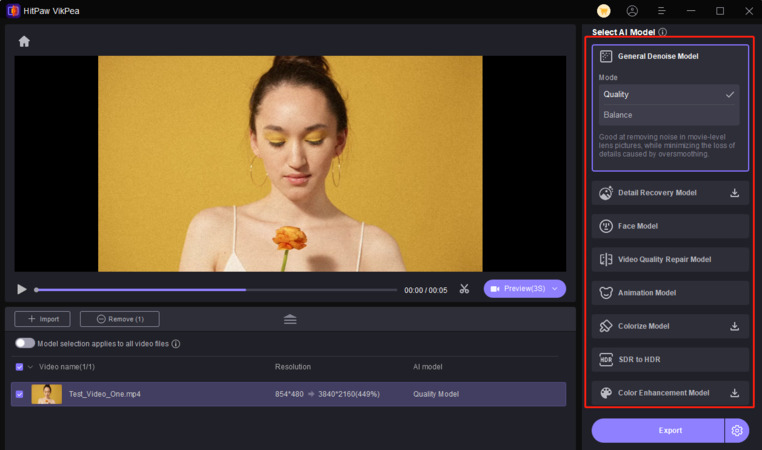
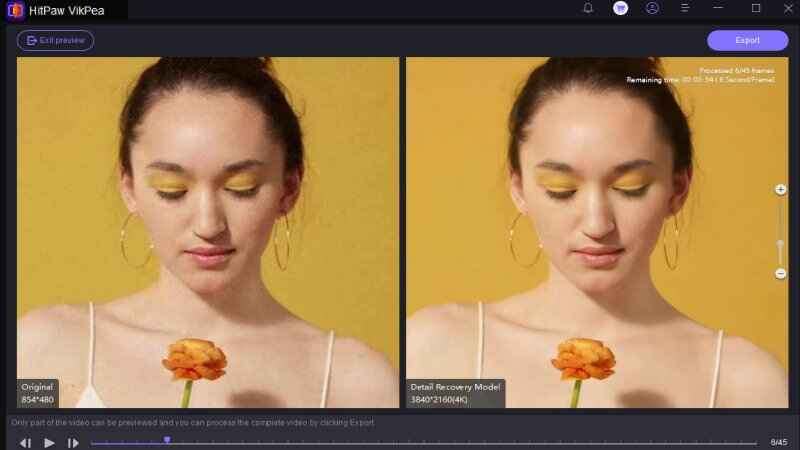
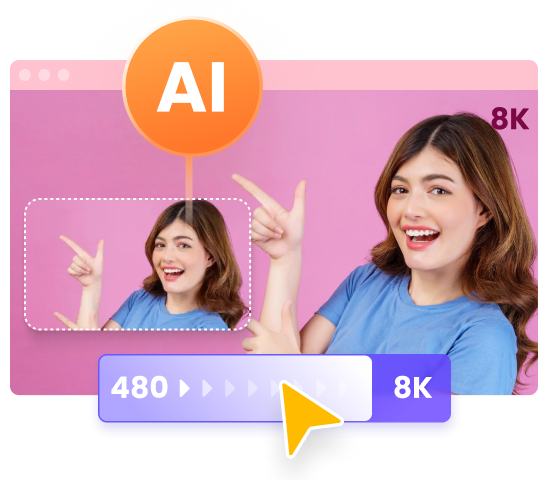
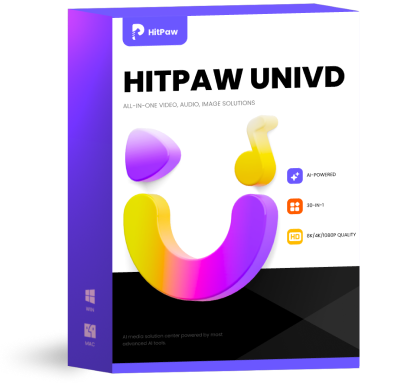 HitPaw Univd (Video Converter)
HitPaw Univd (Video Converter)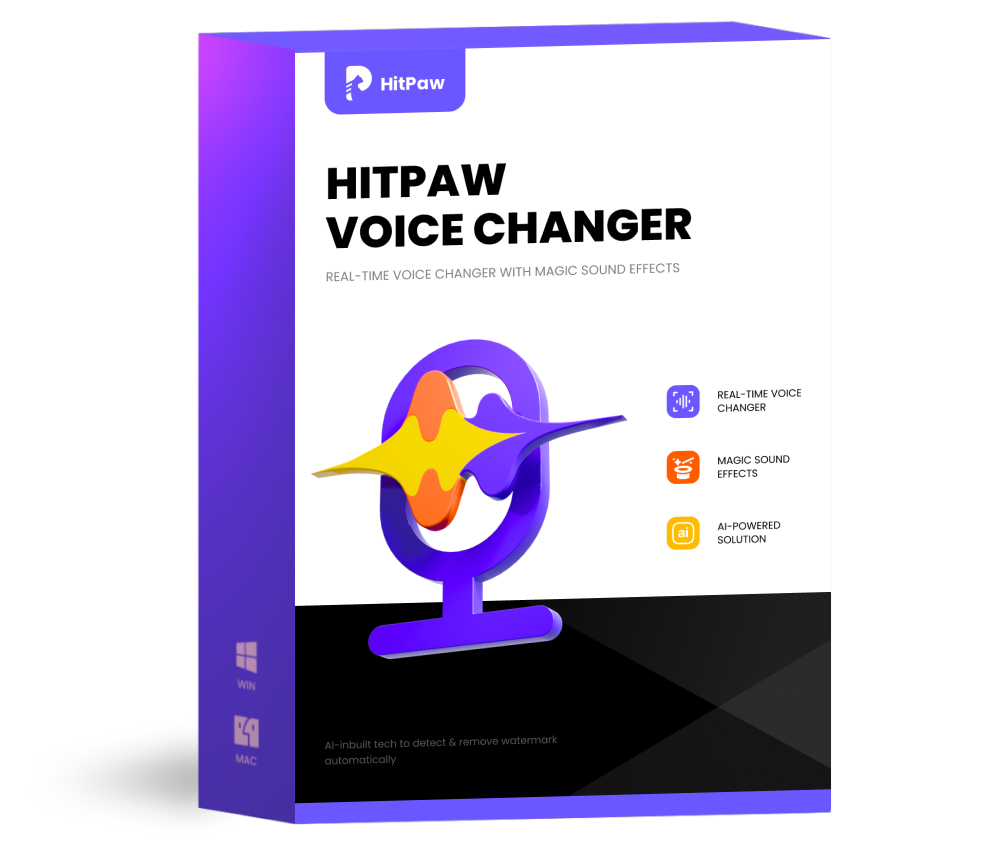 HitPaw VoicePea
HitPaw VoicePea 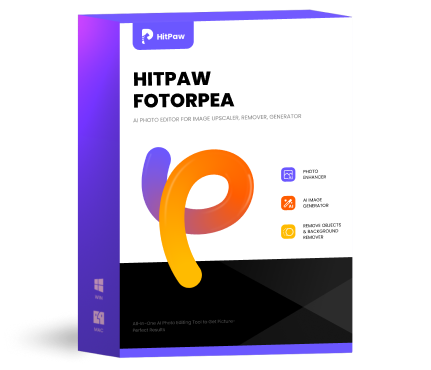 HitPaw FotorPea
HitPaw FotorPea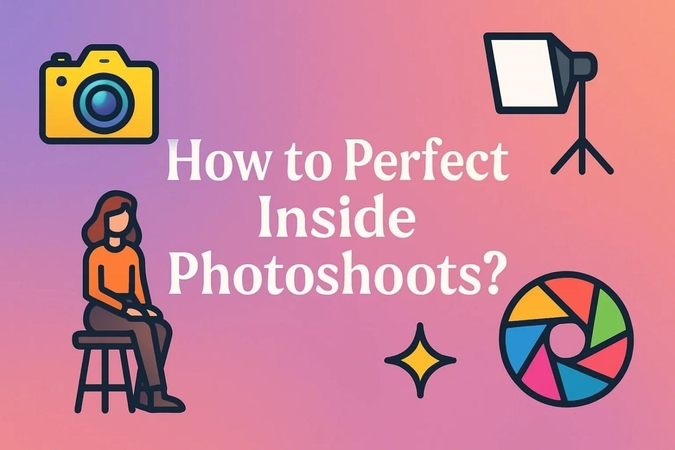



Share this article:
Select the product rating:
Daniel Walker
Editor-in-Chief
This post was written by Editor Daniel Walker whose passion lies in bridging the gap between cutting-edge technology and everyday creativity. The content he created inspires the audience to embrace digital tools confidently.
View all ArticlesLeave a Comment
Create your review for HitPaw articles